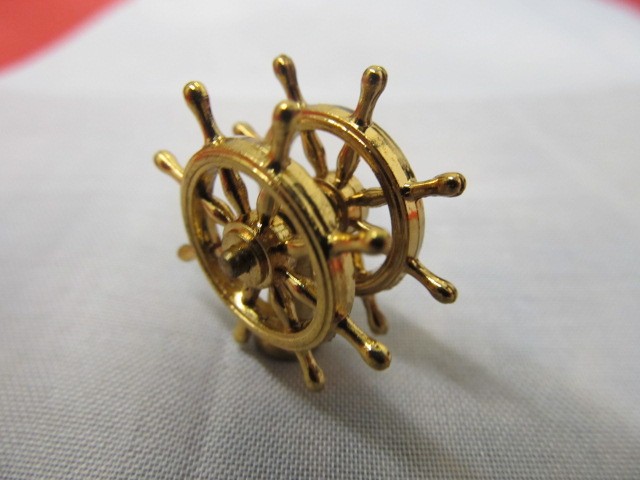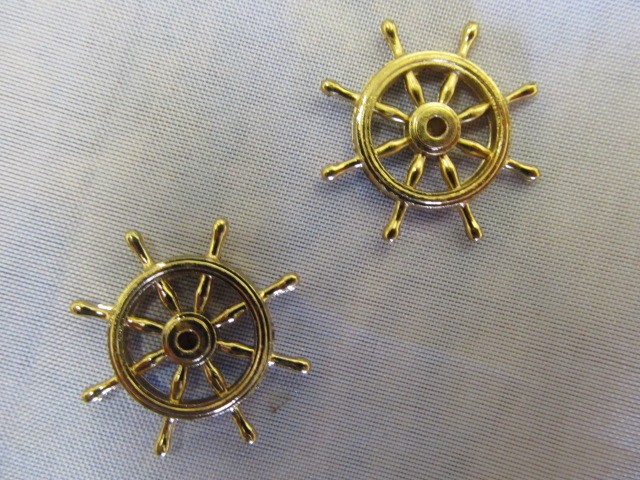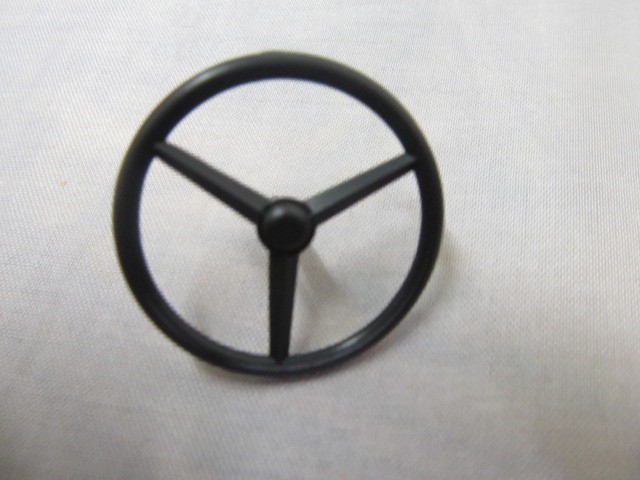Propellers & Wheels
The history of propellers dates back to ancient times, with the earliest known records of their use dating back to 500 BC in China. These early propellers were simple paddle wheels or oars used to propel boats through water. However, it wasn’t until the 15th century that the first true propeller design was created by Leonardo da Vinci. His ‘aerial screw’ design was intended for use in the air, but it laid the foundation for the modern propeller.
In the 19th century, the industrial revolution brought about significant advancements in propeller technology. With the development of steam engines, propellers were now able to power ships at a much faster speed. The first successful steam-powered ship with a propeller was the Francis Smith, built in 1839 by British engineer Francis Pettit Smith. This sparked a wave of innovation and competition among shipbuilders to create more efficient and powerful propellers.

In the late 1800s, the development of the internal combustion engine opened up new possibilities for propeller design. The first successful use of a propeller with a gasoline engine was on the motorboat Letitia, built by Gustave Trouvé in 1881. This marked the beginning of the use of propellers in the aviation industry.
The early 20th century saw significant advancements in propeller technology, particularly in the aviation industry. The Wright brothers used a wooden propeller to power their first successful flight in 1903. As planes became larger and faster, the need for more efficient propellers became crucial. In 1927, German inventor Anton Flettner introduced the first controllable-pitch propeller, which allowed pilots to adjust the angle of the blades to optimize performance.
During World War II, propellers played a vital role in both naval and aerial warfare. The development of variable-pitch propellers allowed for more precise control of aircraft speed and increased maneuverability. The iconic P-51 Mustang fighter plane, used extensively by the Allies, was powered by a powerful four-blade propeller.
In the post-war era, the jet engine began to dominate the aviation industry, and propellers fell out of favor. However, they continued to be used in smaller aircraft and for specific purposes such as crop dusting and firefighting. In recent years, there has been a renewed interest in propeller technology, particularly in the marine industry. Advances in materials and design have resulted in more efficient and powerful propellers, making them a popular choice for recreational and commercial boats.
Today, propellers continue to play a crucial role in transportation and industry, powering everything from airplanes and ships to wind turbines. While they have come a long way from their humble beginnings as wooden paddles, the basic principles of propeller design remain the same. As technology continues to advance, it is likely that we will see even more innovative and efficient propellers in the future.


